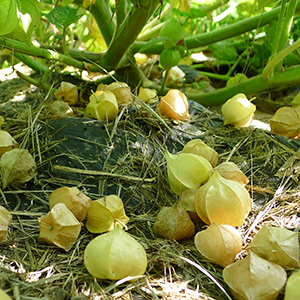
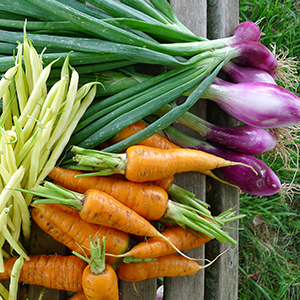
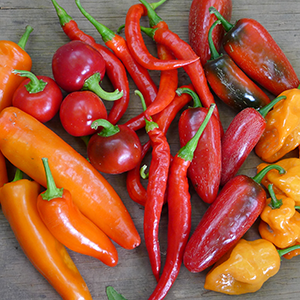

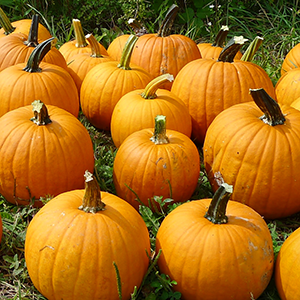
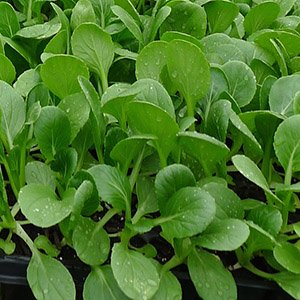
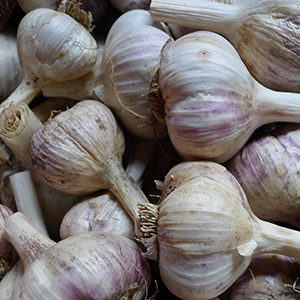



News and Notes | The Anchor Run Blog
Displaying a Single Post |
Show Recent Posts
August 16, 2020
Try New Herbs!
By Linda Dansbury
Try New Herbs!
By Linda Dansbury
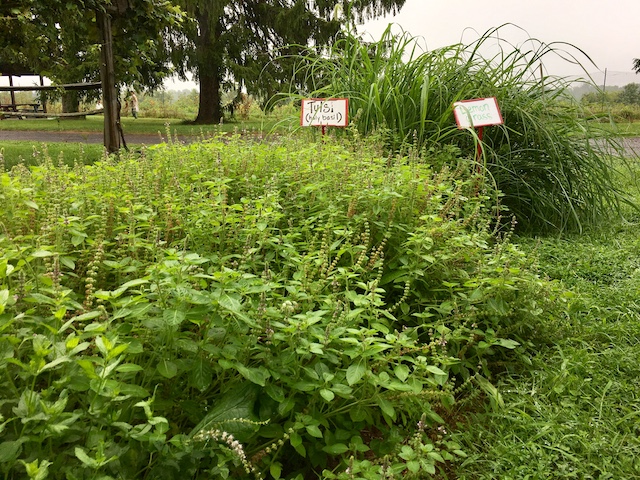
Tulsi/Holy Basil and Lemongrass in the northeast corner of the herb garden.
As many of you know from my writings, I love cooking and eating Southeast Asian, and in particular Thai food. There are two herbs in the herb garden which seem overlooked by members: Lemongrass and Holy Basil or Tulsi. As with many other herbs, both of these have both medicinal and culinary uses and benefits. Lemongrass and Holy Basil are both used to make teas and many commercially available teas contain lemongrass as part of the mix. Both herbs reportedly help lower stress and anxiety. You can google each of them to learn more about their medicinal uses. Lemongrass, as it sounds, has a nice lemony aroma and flavor with a hint of ginger and mint. The tulsi variety of holy basil is peppery and crisp, with hints of lemon, peppermint and cloves.
From a culinary standpoint, they are both necessary components in Thai dishes, and Holy Basil is also used in Indian cuisine, and is in fact where the plant originated. The part of the lemongrass that is used in cooking is the lower 1-2" of the stem. Look for the thickest stems and with a very sharp knife or pruner (or a delicate pull and twist), cut the stalk at the base of the plant. Take off the tough outer leaves and the top part of the plant. The inner part has a purple coloring: this is the part of the stalk that is the best to use. Typically in Thai food lemongrass is one component of pastes that can contain garlic, chili peppers, shallots, ginger, and more. A mortar and pestle is traditionally used, but a food processor can also be employed. To provide you with a recipe, I am adding a recipe for Vietnamese Lemongrass Chicken. Almost any protein would work well with this recipe.
Holy Basil or Tulsi is not a familiar herb to most people. Rather than shiny, its leaves are a bit fuzzy. The leaves are used in Thai stir fry dishes, as an aromatic with garlic, fish sauce and chilies to impart flavor into meat, fish, or chicken. Holy basil is best used fresh, as its leaves cannot maintain their aroma after a few days in the refrigerator. I also found that it doesn't hold up in a glass full of water, which is different than the Italian or Thai basils. I typically add the whole leaves at the end of making the stir fry. If it is added early in making the dish, the heat will cause the flavor to diminish, much like what happens with other fresh herbs such as parsley.

POSTS BY TYPE
POSTS BY MONTH

